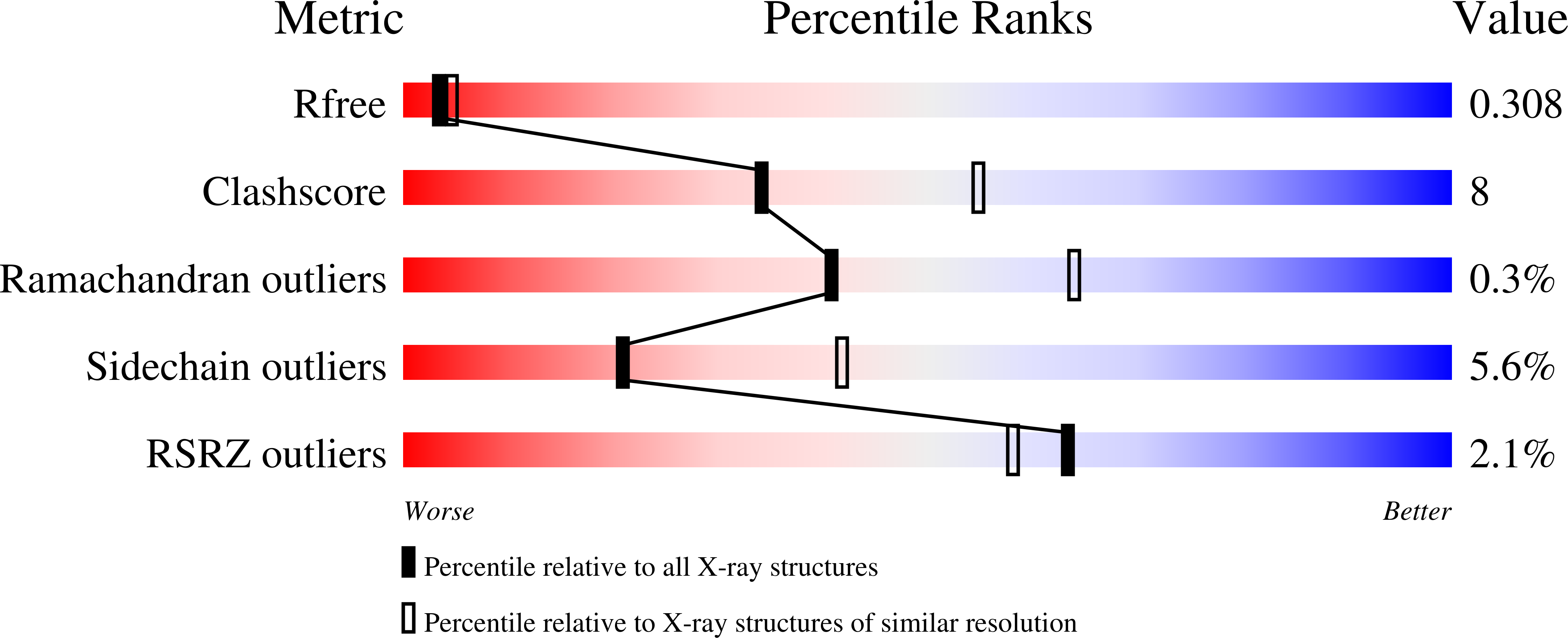
Deposition Date
2017-04-15
Release Date
2017-10-18
Last Version Date
2024-11-20
Entry Detail
PDB ID:
5VIE
Keywords:
Title:
Electrophilic probes for deciphering substrate recognition by O-GlcNAc transferase
Biological Source:
Source Organism:
Homo sapiens (Taxon ID: 9606)
Host Organism:
Method Details:
Experimental Method:
Resolution:
2.60 Å
R-Value Free:
0.30
R-Value Work:
0.24
R-Value Observed:
0.25
Space Group:
C 2 2 21


